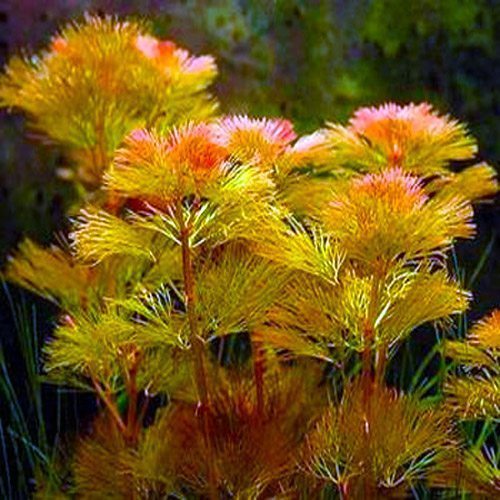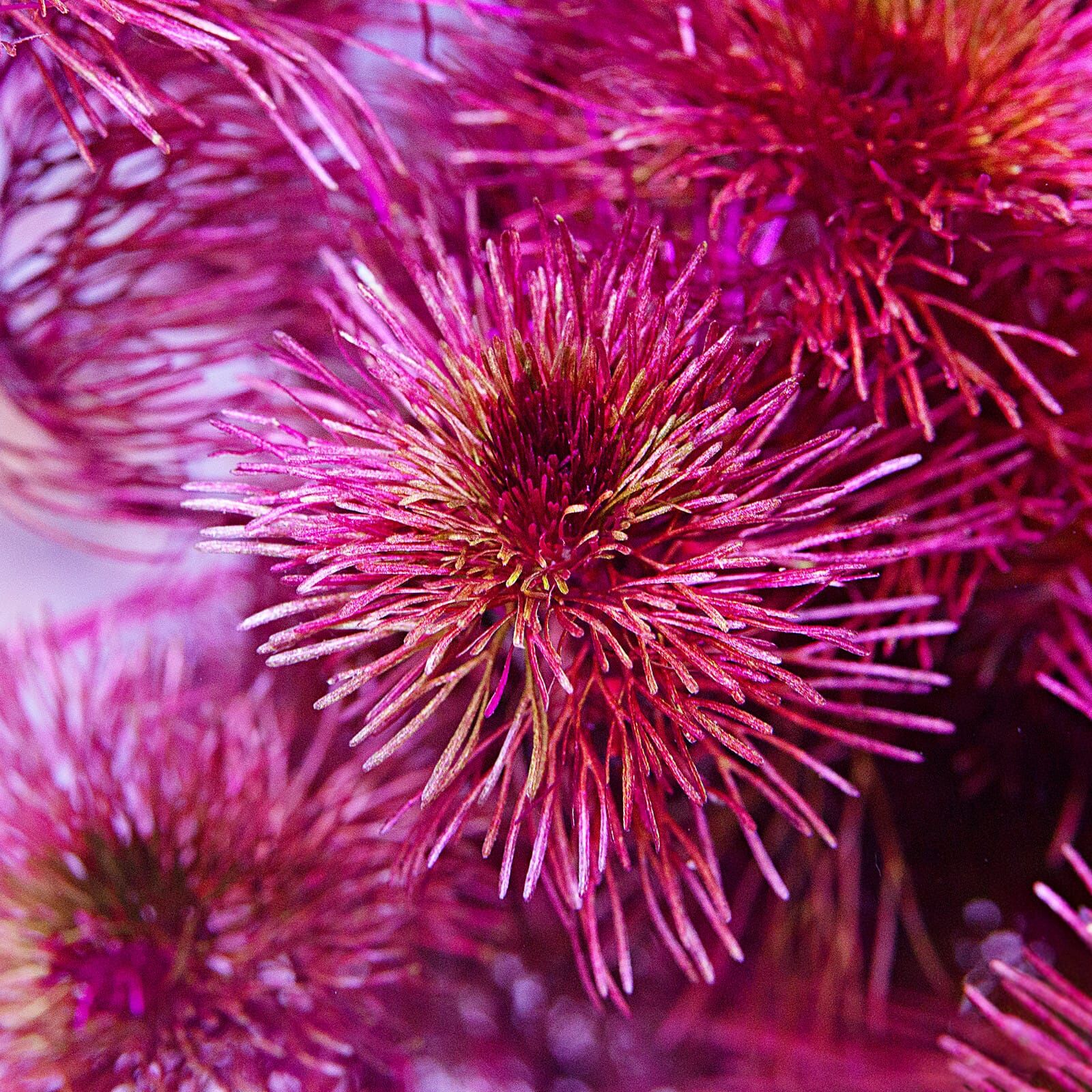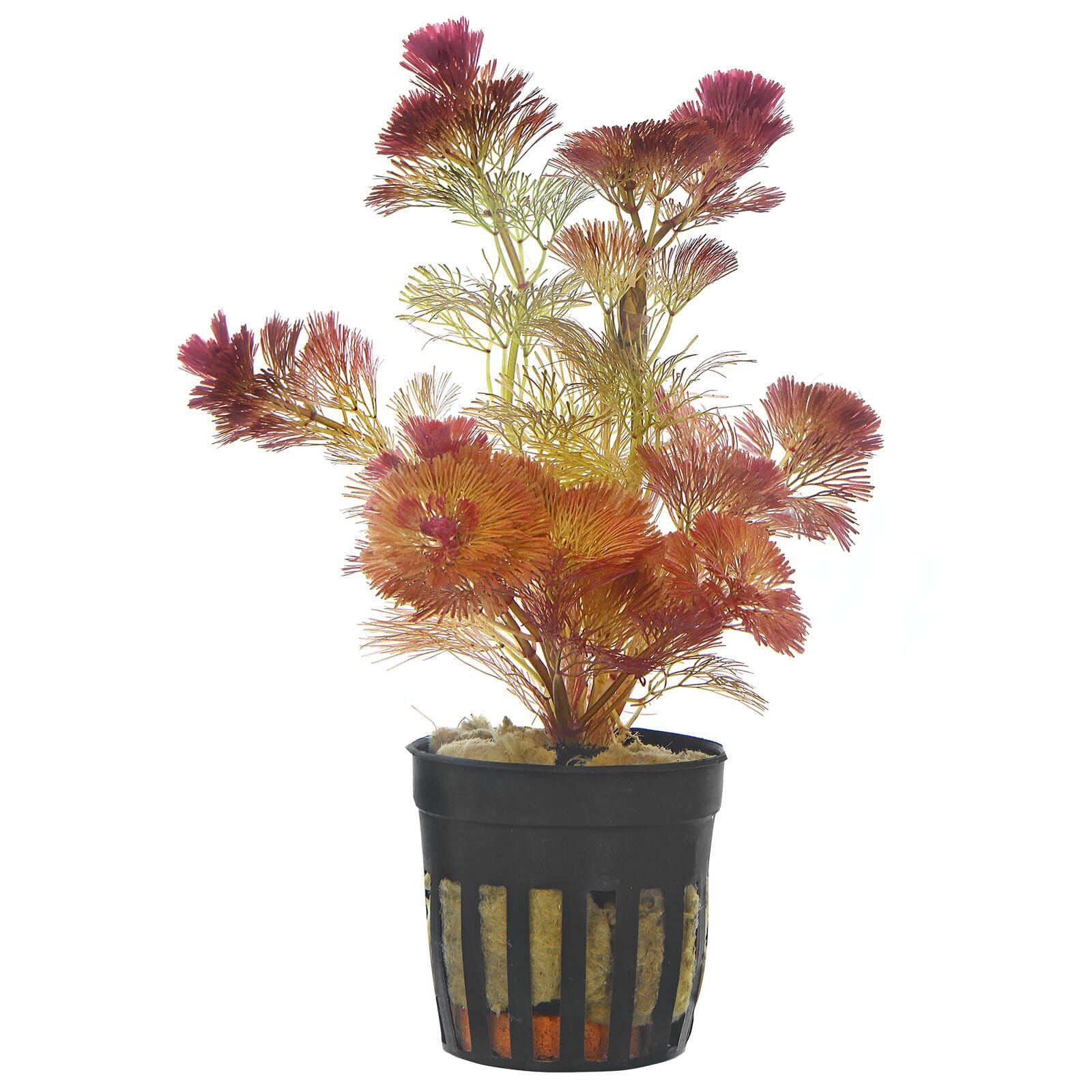Cabomba Piauhyensis
Cabomba Piauhyensis: The Aquatic Plant with a Purpose
The Pain Points of Aquatic Plant Care
Many aquarium owners enjoy the visual appeal of aquatic plants, but they can often pose a challenge when it comes to maintenance. Algae growth, nutrient deficiencies, and wilting leaves can be frustrating experiences for aquarists.
What is Cabomba Piauhyensis?
Cabomba piauhyensis, also known as red cabomba, is a popular aquatic plant species that can add a burst of color to any aquarium setup. This plant is native to South America, where it grows in slow-moving rivers, ponds, and lakes. Cabomba piauhyensis is known for its dense, feathery foliage that ranges in color from a deep red to a bright green.
Main Benefits of Cabomba Piauhyensis
One of the main benefits of cabomba piauhyensis is its ability to absorb excess nutrients in the aquarium water, such as nitrates and phosphates, which can help prevent algae growth. Additionally, its dense leaves provide hiding places for fish and other aquatic creatures. Cabomba piauhyensis is also relatively easy to care for and can thrive in a variety of water conditions, making it a popular choice for beginner and experienced aquarists alike.
My Personal Experience with Cabomba Piauhyensis
I first discovered cabomba piauhyensis while researching aquatic plants for my home aquarium. I was drawn to its vibrant red color and feathery foliage, which added a unique touch to my tank. I found that it was relatively easy to care for and added a lot of visual interest to my aquarium setup.
However, I did notice that it required regular pruning to prevent overcrowding and maintain its shape. Additionally, I had to ensure that it received enough light and nutrients to prevent its leaves from wilting. Overall, cabomba piauhyensis has been a great addition to my aquarium and I highly recommend it to other aquarists looking for a colorful and low-maintenance aquatic plant.
Tips for Growing Cabomba Piauhyensis
When growing cabomba piauhyensis, it is important to provide it with adequate lighting and nutrients. This can be achieved through the use of specialized plant fertilizers and high-quality aquarium lighting. Additionally, regular pruning will help prevent overcrowding and maintain its shape.
FAQs about Cabomba Piauhyensis
Q: Is cabomba piauhyensis suitable for beginners?
A: Yes, cabomba piauhyensis is a relatively easy aquatic plant to care for and can be a good choice for beginners.
Q: How often should I prune my cabomba piauhyensis?
A: It is recommended to prune cabomba piauhyensis every 2-3 weeks to prevent overcrowding and maintain its shape.
Q: Can cabomba piauhyensis survive in low-light conditions?
A: While cabomba piauhyensis can tolerate lower light conditions, it prefers medium to high-intensity lighting to thrive.
Q: Can cabomba piauhyensis be propagated?
A: Yes, cabomba piauhyensis can be propagated through stem cuttings and replanted in the aquarium.
Conclusion
Cabomba piauhyensis is a beautiful and versatile aquatic plant species that can offer a variety of benefits to aquarium owners. With its ability to absorb excess nutrients, provide hiding places for aquatic creatures, and add a burst of color to any aquarium setup, cabomba piauhyensis is a popular choice for aquarists of all skill levels. By following a few tips for care and maintenance, you can enjoy the beauty of this plant in your own home aquarium.
Gallery
Cabomba Piauhyensis Red | Buce Plant

Photo Credit by: bing.com / cabomba
Cabomba Piauhyensis

Photo Credit by: bing.com / cabomba furcata akwariowe bunch
Cabomba Piauhyensis
Photo Credit by: bing.com / cabomba bitkiler
Cabomba Furcata ("piauhyensis") | Aquasabi - Aquascaping Shop

Photo Credit by: bing.com / cabomba furcata aquasabi
Cabomba Furcata ("piauhyensis") | Aquasabi - Aquascaping Shop

Photo Credit by: bing.com / cabomba furcata aquasabi red pot